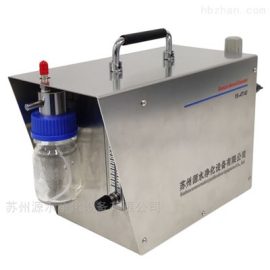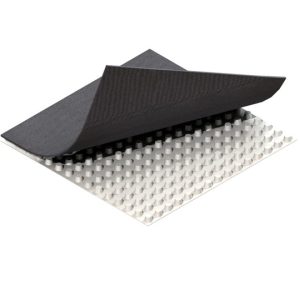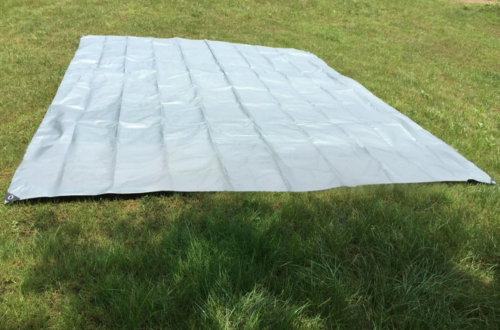
Aerosol Generator: Principles and Applications in Modern Science

# Aerosol Generator: Principles and Applications in Modern Science
## Introduction to Aerosol Generators
An aerosol generator is a device designed to produce a fine mist or spray of liquid or solid particles suspended in a gas, typically air. These devices are widely used in various scientific, industrial, and medical applications. The ability to control particle size, concentration, and distribution makes aerosol generators indispensable tools in modern research and technology.
## Principles of Operation
Aerosol generators operate on several principles, depending on the desired output and application. Common methods include:
– **Nebulization**: This process involves breaking up a liquid into fine droplets using ultrasonic vibrations or compressed air. Nebulizers are commonly used in medical inhalers.
– **Atomization**: High-pressure nozzles or spinning disks are used to create fine droplets from a liquid. This method is often used in industrial applications.
– **Electrospray**: An electric field is applied to a liquid to produce charged droplets. This technique is useful in producing highly uniform particles for research purposes.
– **Condensation**: Vapors are cooled to form liquid or solid particles. This method is often used in environmental studies to simulate atmospheric aerosols.
## Applications in Modern Science
Aerosol generators have a wide range of applications across various fields:
### Medical and Pharmaceutical
In the medical field, aerosol generators are crucial for drug delivery systems. Inhalers and nebulizers use aerosol technology to deliver medication directly to the lungs, providing rapid and effective treatment for respiratory conditions such as asthma and chronic obstructive pulmonary disease (COPD).
### Environmental Science
Aerosol generators are used to study atmospheric aerosols, which play a significant role in climate change and air quality. By simulating different types of aerosols, scientists can better understand their impact on weather patterns, visibility, and human health.
### Industrial Applications
In industries, aerosol generators are used for coating processes, where a fine mist of paint or other materials is applied to surfaces. They are also used in the production of powders, such as in the food and pharmaceutical industries, where precise control over particle size is essential.
### Research and Development
Aerosol generators are invaluable in research labs for studying particle behavior, developing new materials, and testing filtration systems. They allow researchers to create controlled environments where they can observe and measure the effects of different aerosols.
## Conclusion
Aerosol generators are versatile tools that play a critical role in advancing modern science and technology. From medical treatments to environmental studies and industrial processes, their ability to produce controlled aerosols makes them indispensable. As technology continues to evolve, the applications of aerosol generators are likely to expand, further enhancing their importance in various fields.
Keyword: Aerosol Generator




